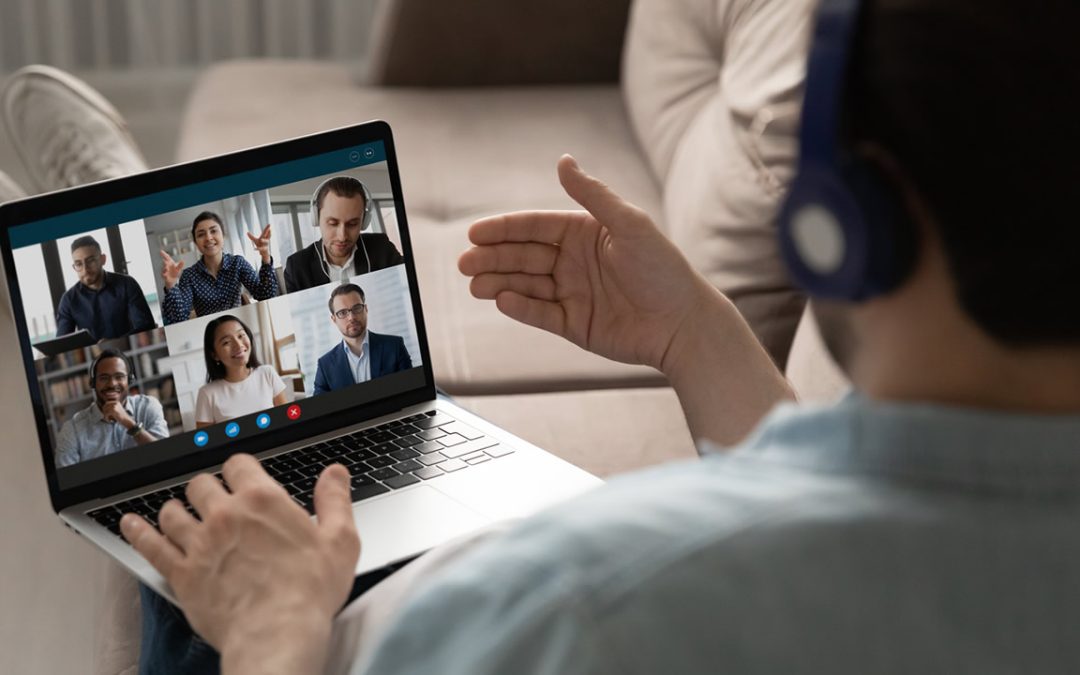An Effective Platform for Leadership Training
Flipped classrooms are breaking their way into the leadership development and management training industry, but what exactly is a “flipped classroom” and what does an effective flipped classroom environment look like?
In a flipped classroom setting, students are given self-study materials that introduce a subject before any further learning takes place. The idea is that base information is effectively learned on one’s own, and provides a base upon which “expert information,” or information provided by an expert lecturer or facilitator, can be delivered.
The flipped classroom pedagogy asserts that basic information can be learned independently, reserving classroom time for honing and further developing skills. This better utilizes expert knowledge and hands-on participative activities, helping to maximize classroom or lecture time and make the learning experience more effective.
The flipped classroom method of learning is proven to be a more effective platform for training leadership than its traditional classroom-to-homework settings. A 2014 study by the European Journal of Open, Distance, and E-Learning put Flipped Classrooms to the test on students in the Business Department at the College for Academic Studies in Israel. According to the study, when trained with Flipped Classroom methodology “students reported that [learning materials] between lessons enhanced interest, alleviated boredom, and enriched the learning.”
Not all leadership development and management training flipped classroom atmospheres are created equal, however. How do you discern a company that utilizes flipped classrooms to enhance learning from those who use the tool as a way to minimize costs or impersonalize learning?
Quality pre-work material.
- Relevant to the curriculum
- Interactive and engaging for more effective learning
- Guides deeper thought processes that can be explored in the classroom
Pay attention to the quality of work that is given prior to the actual “classroom” setting. Is it something that actually provides a basis of knowledge for the proceeding material? Does it help to create an effective and objective mindset that will enhance learning and development?
Leadership Choice begins each of their programs with each participant taking an iConnect Communication Assessment. In addition to the participant learning about their own communication style, they learn how to identify the communication patterns of the people around them. This information is used throughout every management training module so each participant can personalize the techniques learned for their own personal communication patterns, and also the communication patterns of others. Besides creating more effective application in the workplace, it also helps learning to be more effective in the training and development classroom as it creates an easily-relatable basis of knowledge upon which new synapses can be easily connected. Because the information the participant is learning pre-training is so personalized to themselves, they are able to use that strong connection of knowledge to more easily comprehend and apply the knowledge that will be dispensed in the training session.
After this initial assessment is complete, the participant will receive an interactive virtual workbook to complete before attending a live virtual training workshop. This helps to introduce the basic concepts of the material and to provide some exploration and assessment to help get participants’ minds thinking about the material, applying it to their personal business setting, and putting them in a position to ask more advanced and personalized questions while accelerating their learning.
Interactive classroom setting
- Live (or live-virtual), not pre-recorded
- Participants are involved in application and discussion
- The opportunity for personalized learning and exploration is encouraged during the training session
- Peers are present to further develop and extend beneficial conversations
Once the pre-work is complete, participants typically move into a classroom setting. In some situations, this classroom is on-site, and in others, it is a virtual setting. Remember that the point of this setting is not to shallowly dispense information, but to provide a deeper, more meaningful discussion that extends learning and maximizes the expertise of the teacher/facilitator/coach/trainer.
Look for a program that has a strong post-event campaign
- Doesn’t abandon participants after the training
- Personalizes the information learned during the expert learning classroom session
- Help take all of the information learned, personalizes it, and helps make an application plan for the individual participant
While flipped classrooms extend the learning atmosphere into multiple points of contact, which is proven to create a more effective learning environment, effective leadership development and management training program will also provide post-event learning in their programs.
Post-event activities can take any form, such as surveys or reminders sent out periodically post-training, a social media platform that facilitates regular pushes of new information, or – such as in the case of Leadership Choice – a personalized coaching experience to reinforce and personalize the learning experience while helping develop personal application plans for each participant’s real-life work setting.

What is Conscious Leadership?
Conscious leadership focuses on being aware of yourself and your team when you're leading them. This leadership style involves seeking and acknowledging feedback from your team in an effort to improve. You have to think about various aspects of management when you're...

Being a Good Leader in the “Working From Home (WFH)” Era
When you work from home, leadership is an inherently more challenging task than when working in the office. As a leader, you have to set the tone and create an environment where your team can thrive. It might seem strange at first to lead a team that is not physically...

How to Spot Creative vs. Reactive Leadership
Not all leaders are created equal, and the same can be said for their leadership styles. To be a great leader, you must first identify your own leadership style. Once you know what kind of leader you are, you can work on becoming effective at it. Some people are...

High Potentials vs. High Performers: How to Identify and Develop Talent for the Leadership Pipeline
For any enterprise, acquiring and fostering talent plays a pivotal role in the company's growth strategy and eventual success. This is especially true when it comes to nurturing the type of talent that will be retained three, five, or ten years down the road. While...

Leadership Communication Skills for High-Potentials: Training Effective Communicators in the Leadership Pipeline
As the Center for Creative Leadership suggests, the most surefire way for a company to future-proof its leadership succession is to invest in high-potential leaders. Not to be confused with high-performers, high-potential employees are unique due to their adaptability...

6 Steps to Building an Effective Team as a Leader
Building and leading successful teams is essential for any business leader. However, creating high-performance teams is easier said than done. These six steps will help you build a more effective team. Define Roles and Responsibilities One of the first steps to...


